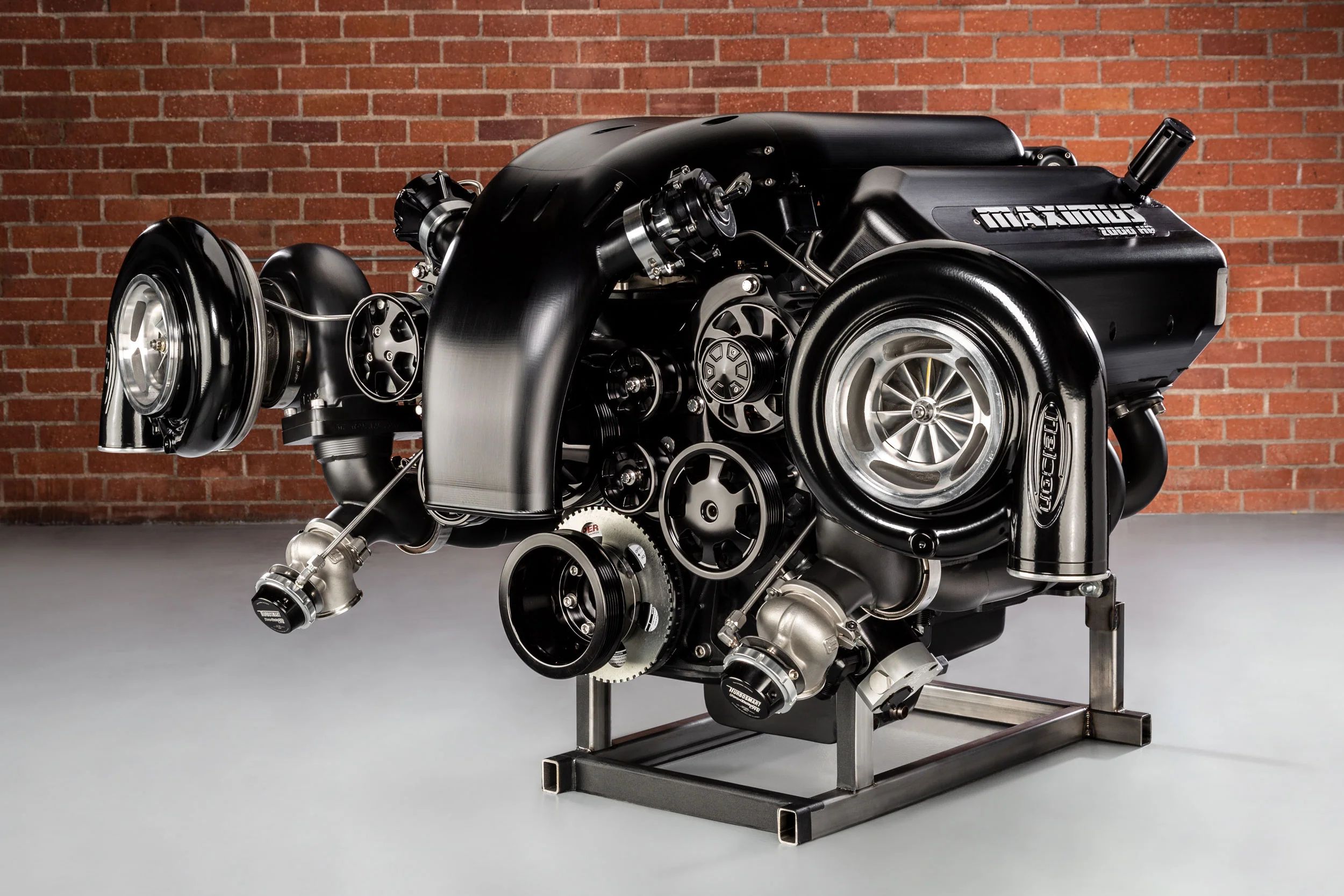The Quest for Ultimate Driving Power: Examining the Peak of Engine Performance and Technological Breakthroughs in the Automotive Market
In the world of auto engineering, the pursuit of maximum driving power has actually been a relentless mission that has actually unfolded through the development of engine layout and the integration of innovative modern technologies. From the meticulous workmanship of burning engines to the fast improvements in electrical propulsion systems, the auto field stands at the cusp of a brand-new era characterized by unmatched performance capacities.
Evolution of Engine Layout

Furthermore, the combination of turbocharging and turbo charging technologies has changed engine design by enhancing power without substantially raising engine size. These forced induction systems compress the consumption air, enabling more fuel to be combusted, therefore generating higher power outcome from a smaller engine. This innovation has been especially crucial in improving the efficiency of smaller variation engines while keeping fuel effectiveness standards.

Performance-Enhancing Fuel Technologies
The implementation of sophisticated gas innovations has actually substantially added to improving engine performance in contemporary vehicles. Biofuels, obtained from eco-friendly sources like corn, sugarcane, or algae, deal improved and lowered emissions engine effectiveness. In addition, gas additives and cleaning agents are being formulated to tidy engine components, enhance combustion, and reduce rubbing, thus increasing total car performance.
Innovations in Electric Propulsion
Significant strides in electrical propulsion modern technology have changed the auto sector, leading the way for a brand-new period of reliable and lasting transport. Electric vehicles (EVs) are gaining popularity because of their environmental benefits and innovations in battery modern technology, enabling longer driving ranges and much shorter billing times. Manufacturers are investing heavily in research and development to enhance the performance of electric propulsion systems, focusing on increasing power output, improving power performance, and decreasing general weight.
One remarkable advancement in electric propulsion is the development of sophisticated electric motors that supply higher torque and power density, causing enhanced acceleration and total driving efficiency. Furthermore, regenerative braking systems have actually been fine-tuned to capture and save power throughout deceleration, further enhancing the effectiveness of EVs.
Additionally, the combination of smart technologies, such as expert system and anticipating analytics, is enhancing the administration of electric propulsion systems, ensuring optimum efficiency under different driving conditions. These advancements in electrical propulsion are reshaping the automotive landscape, driving the industry towards a more sustainable and energized future.
Influence of Computational Liquid Characteristics
With improvements in electric propulsion pressing the limits of automotive technology, the combination of Computational Liquid Dynamics is playing a crucial duty in enhancing aerodynamic performance and go to the website boosting total performance in lorry layout. Computational Liquid Dynamics (CFD) entails making use of computer simulations to analyze the circulation of air around a vehicle, allowing engineers to anticipate how design modifications will impact the rules of aerodynamics without the requirement for costly physical models. By accurately modeling airflow patterns, CFD enables for the refinement of car forms to reduce drag, improve cooling, and improve security.
CFD enables designers to enhance airflow around elements such as radiators, engine bays, and wheel wells, adding to enhanced performance and general driving experience. In verdict, the integration of Computational Fluid Characteristics represents a significant step onward in the quest for ultimate driving power and effectiveness in the auto market.
Future Patterns in Engine Advancement
In the dynamic landscape of auto design, innovative improvements are shaping the future trajectory of engine technology. The future of engine layout is marked by a strong focus on efficiency, sustainability, and efficiency. Makers are increasingly concentrating on developing engines that not just deliver high power results however also prioritize ecological obligation by reducing exhausts and improving gas effectiveness.
One popular trend in engine technology is the surge of electrification. Hybrid and electric powertrains are acquiring traction as sensible options to conventional combustion engines. These technologies supply the capacity for considerable decreases in carbon exhausts and enhanced power effectiveness, straightening with worldwide initiatives to battle climate change.
Moreover, advancements in materials science and production strategies are making it possible for the production of lighter and more long lasting engine parts. This change in the direction of lightweight products such as carbon fiber and light weight aluminum alloys adds to improved efficiency and gas economic climate.
Final Thought
In verdict, the quest of best driving power in the automobile industry continues to drive improvements in engine layout, gas modern technologies, electrical propulsion, and computational fluid dynamics. The evolution of these innovations is forming the future of engine innovation, leading the way for extra efficient and powerful automobiles (engines for africa). As the sector proceeds to push the borders of what is feasible, we can expect to see much more revolutionary advancements in the pursuit for peak performance
One of the essential milestones in engine design development is the transition from conventional carbureted engines to contemporary fuel-injected systems. By exactly metering the gas shipment to each cyndrical tube, fuel-injected this post engines optimize combustion, resulting in much better performance and lowered ecological impact.
Furthermore, the assimilation of turbocharging and turbo charging technologies has actually reinvented engine design by enhancing power without dramatically enhancing engine size (engines for africa).The application of advanced gas innovations has actually dramatically contributed to boosting engine performance in modern-day automobiles. Additionally, gas additives and cleaning agents are being formulated to tidy this website engine elements, optimize burning, and reduce rubbing, thus enhancing overall lorry performance